Wondering why some perfumes are sold for jaw dropping prices? Your first answer is most likely the cost of their ingredients.
Usually, most of the expensive ingredients are the natural ingredients. However, synthetic forms of these natural ingredients exist. In addition, the synthetic forms are usually less expensive than natural ingredients. Additionally, the rarer an ingredient is, the more expensive it will be.
So, let’s get into our count of the most expensive ingredients. The list is in no particular order.
1. Oud
Also called oudh, it is famous for the rich scent in men’s fragrances. Oud has been a favorite for centuries in the Middle East but it has now gained worldwide fame.
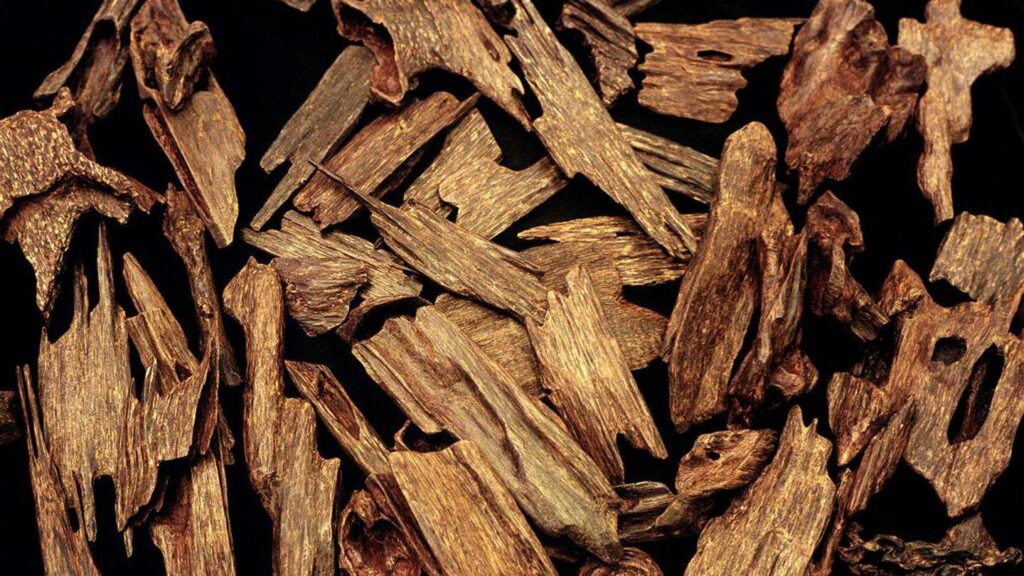
Some fragrance makers called it the liquid gold and that is not an overstatement. This is because it is reputed to be 1.5 times the worth of gold. Oud is gotten from agarwood oil and only a meager 2% of agarwood produces the agarwood oil. The oil is naturally made when a type of mold (phialophora parasitica) infects the agarwood and that produces a dark coloured resin with an intense fragrance.
2. Ambergris
Ambergris is obtained from the intestines of sperm whales. The source is not the only hype about this ingredient; it’s high lipophilic properties also makes it highly sought-after in the perfume industry.
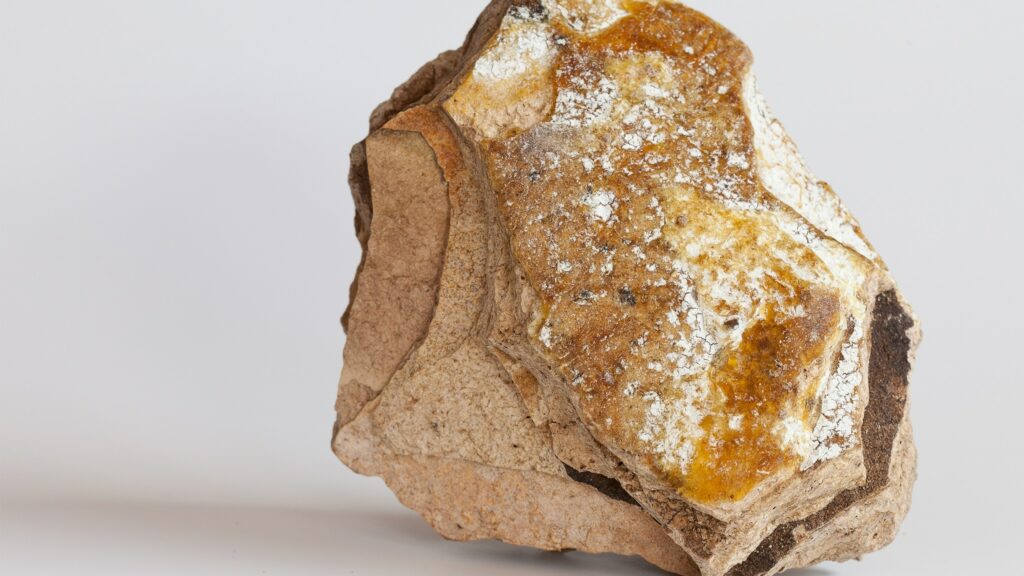
3. Jasmine
Almost 80% of women’s fragrances feature jasmine or its synthetic forms as an ingredient. Synthetic jasmine is more affordable than real jasmine oil. About 2000 pounds of jasmine flowers are needed to get just one pound of oil. To get 1/25 absolute oil, one needs up to 8000 jasmine flowers.
Even more intriguing, jasmine flowers are extremely fragile. They must be placed in special baskets to protect the petals from bruising. Also, processing must be done immediately after picking.
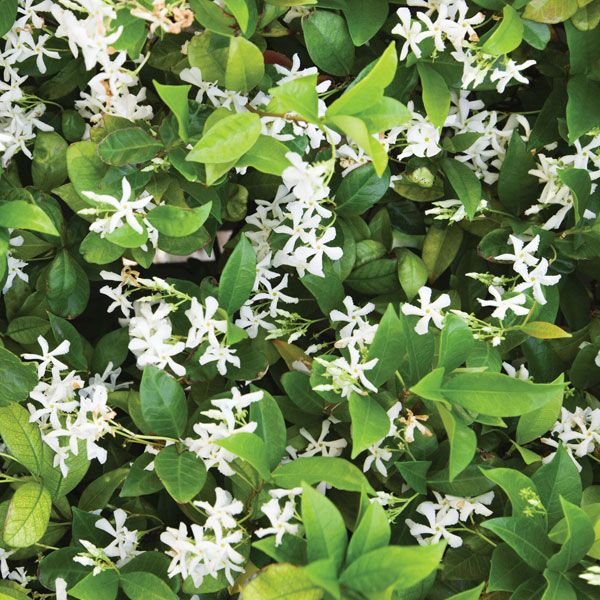
4. Musk
Natural musk is one of the most expensive animal products in the world. Musk is obtained from the musk pods of male musk deers. The musk pods are gotten from glands located in the abdomen, near the deer’s penis. So, you know there’s no way to get natural musk without killing the deer. It’s no wonder why the musk deer is now classified as an endangered species.
The good thing for ethical musk lovers is that there are now alternative forms of synthetic musk.
5. Bulgarian rose
Roses have always been popular in women’s fragrances, but using natural roses in a perfume is no mean undertaking- especially Bulgarian roses. It takes 10000 pounds of rose petals to distill one pound of concentrated rose oil.
Also, Bulgarian roses are not available all year round; they are picked within a few weeks from May to June. The picking is usually done by cutting each flower individually, laying it carefully in a willow basket and taking the flowers to a distillery immediately after the collection. In addition to that tasking labor, the picking is done by women, before sunrise.
The cost is so steep that some rose oil producers just dilute the oil with geranium or palmarosa essential oils which contain the same ingredients as rose oil.
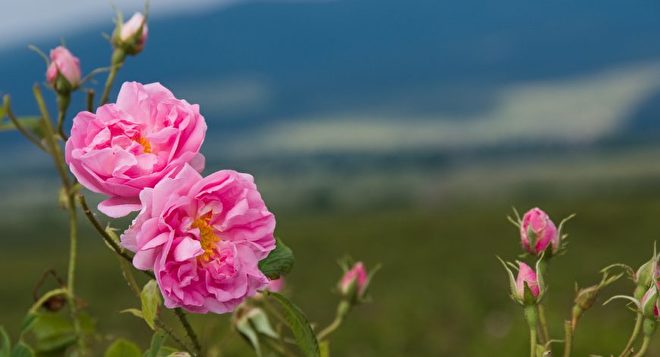
6. Orris
Orris is an essential oil gotten from iris bulbs. The bulbs must be aged between to five years. The roots (bulb) are peeled by hand and left to dry naturally for up to two years. Also note that it takes one ton of bulbs to produce 2 kilos (4.4 pounds) of the essential oil.
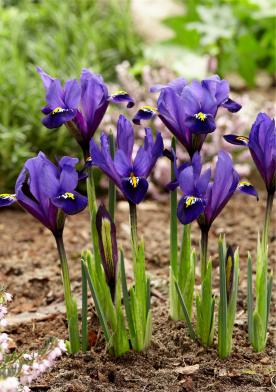
Discover a world of perfumes featuring the most prized natural and synthetic ingredients here.

